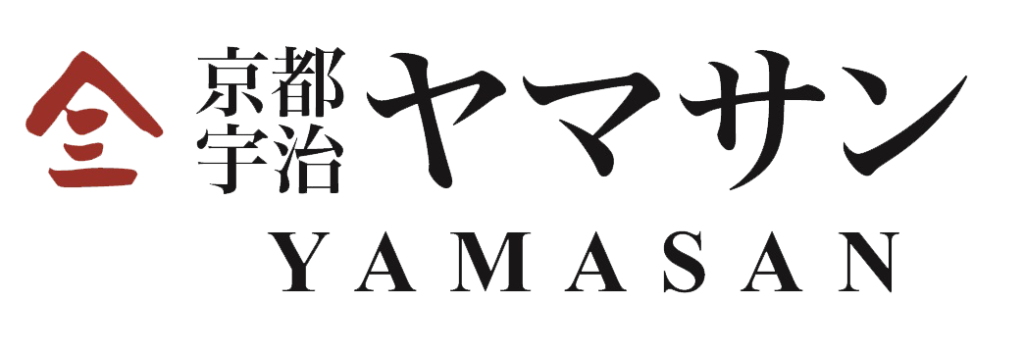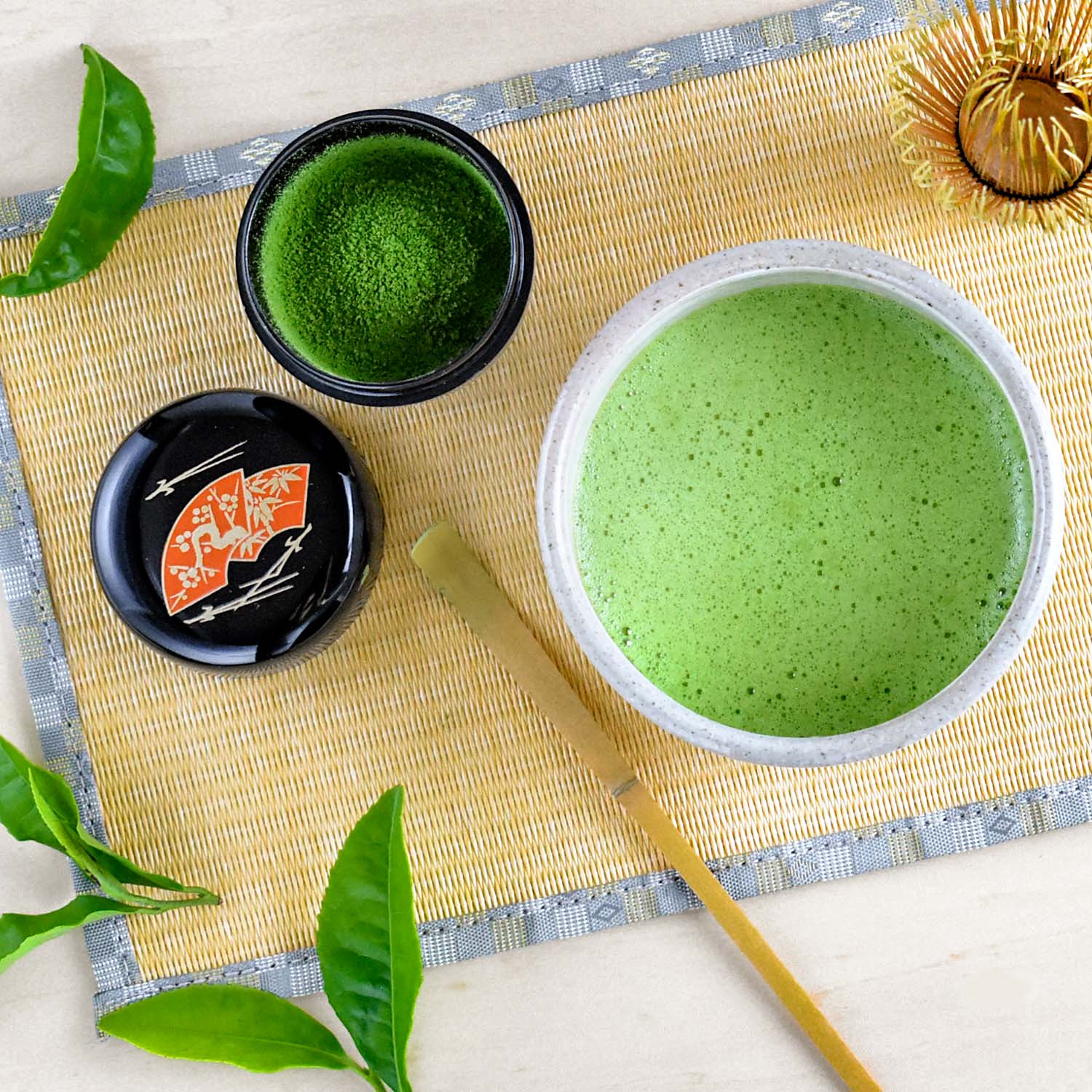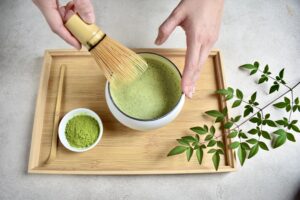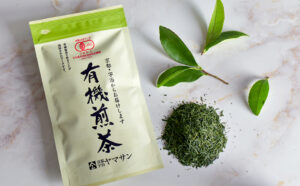In 2024, Japan experienced an unexpected shortage of one of its most iconic exports: MATCHA. Known for its vibrant green hue and earthy flavor, matcha has gained immense popularity worldwide, not just as a tea but also as an ingredient in desserts, lattes, and even skincare products. However, as global demand continues to surge, Japan’s ability to supply this beloved product is being tested like never before.
The Roots of the Matcha Shortage
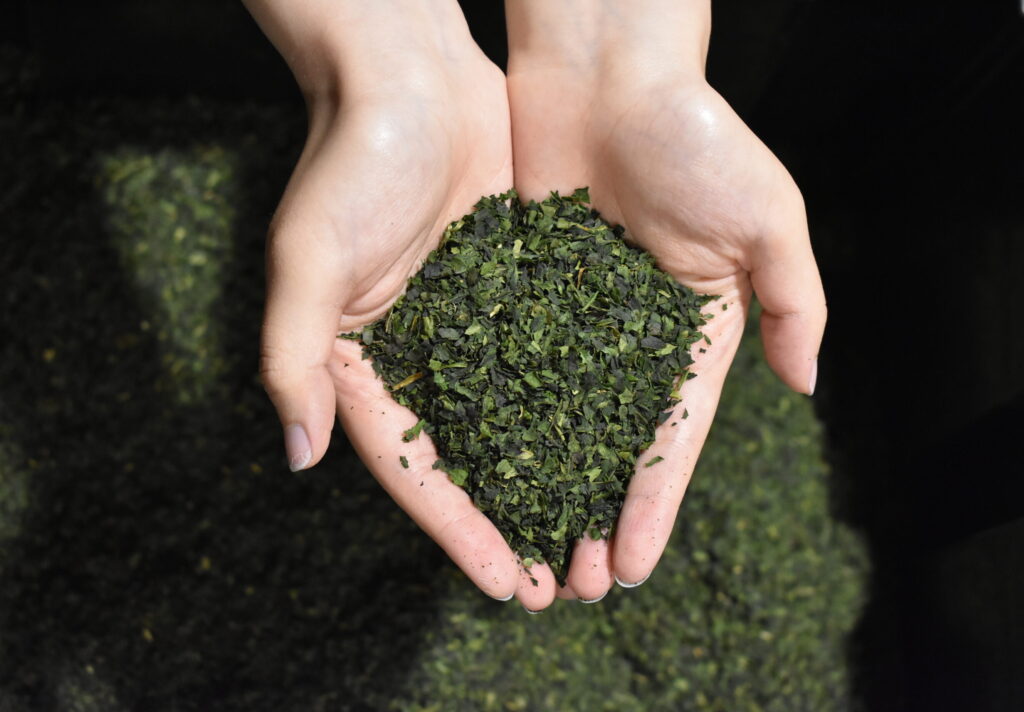
The current matcha shortage can be traced back to several key factors:
1. The rising global demand has placed immense pressure on Japan’s tea farms, many of which are small, family-run operations. Unlike mass-produced goods, high-quality matcha requires meticulous care and traditional farming techniques, which limit scalability.
2. Climate change has taken its toll on tea cultivation. Unpredictable weather patterns, including unseasonal rainfall and rising temperatures, have affected tea harvests in regions like Uji and Shizuoka, known for their premium matcha production.
3. Japan is grappling with an aging population and labor shortages in the agricultural sector. As younger generations migrate to urban areas, the workforce available to tend tea fields and process matcha is dwindling.
How We Are Addressing the Problem
Efforts are already underway to tackle the challenges posed by the matcha shortage and broader supply chain issues.
The matcha shortage may mean higher prices and limited availability in the short term. However, it’s also an opportunity to appreciate the intricate craftsmanship and effort behind every cup of matcha. Supporting local producers and opting for sustainably sourced products can help mitigate some of these challenges. Japan’s matcha story is a reminder of the intricate balance between tradition and modern demand, as well as the resilience required to sustain it. While the road ahead is challenging, it’s clear that both producers and consumers play a role in shaping a long future for this cherished green tea.
We at Yamasan will keep communicating with our partnered tea farms and factories in order to maintain the quality and quantities of matcha our current customers have come to expect. Additionally, we are also working hard to develop more various matcha-related product lineups to support new and existing customers.
At last, Happy New Year to everyone! 🎍🌅🍵
May every step in 2025 lead to joy and achievement!
Yamasan Oversea Division
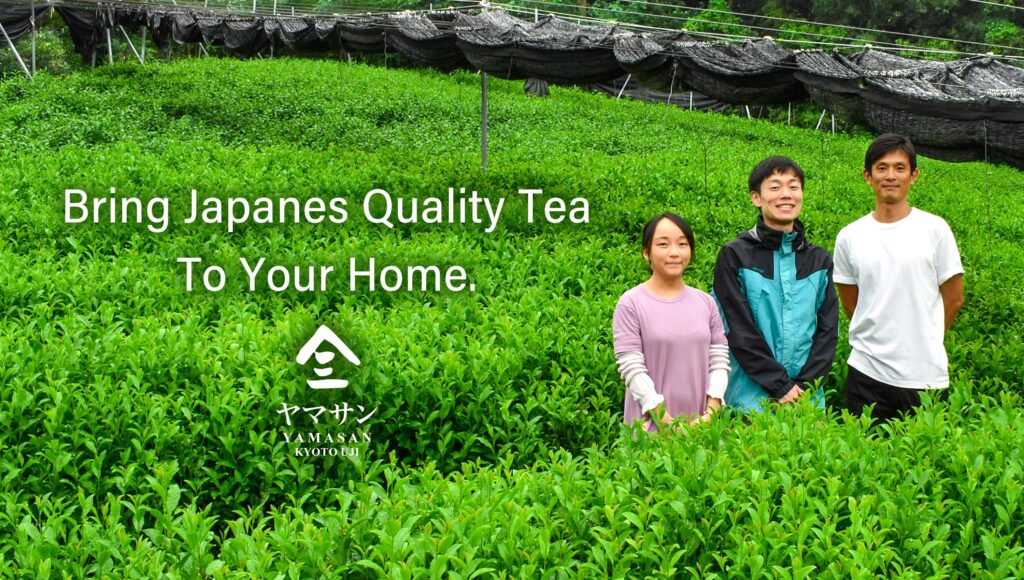
 English
English
 French
French
 Spanish
Spanish
 Arabic
Arabic
